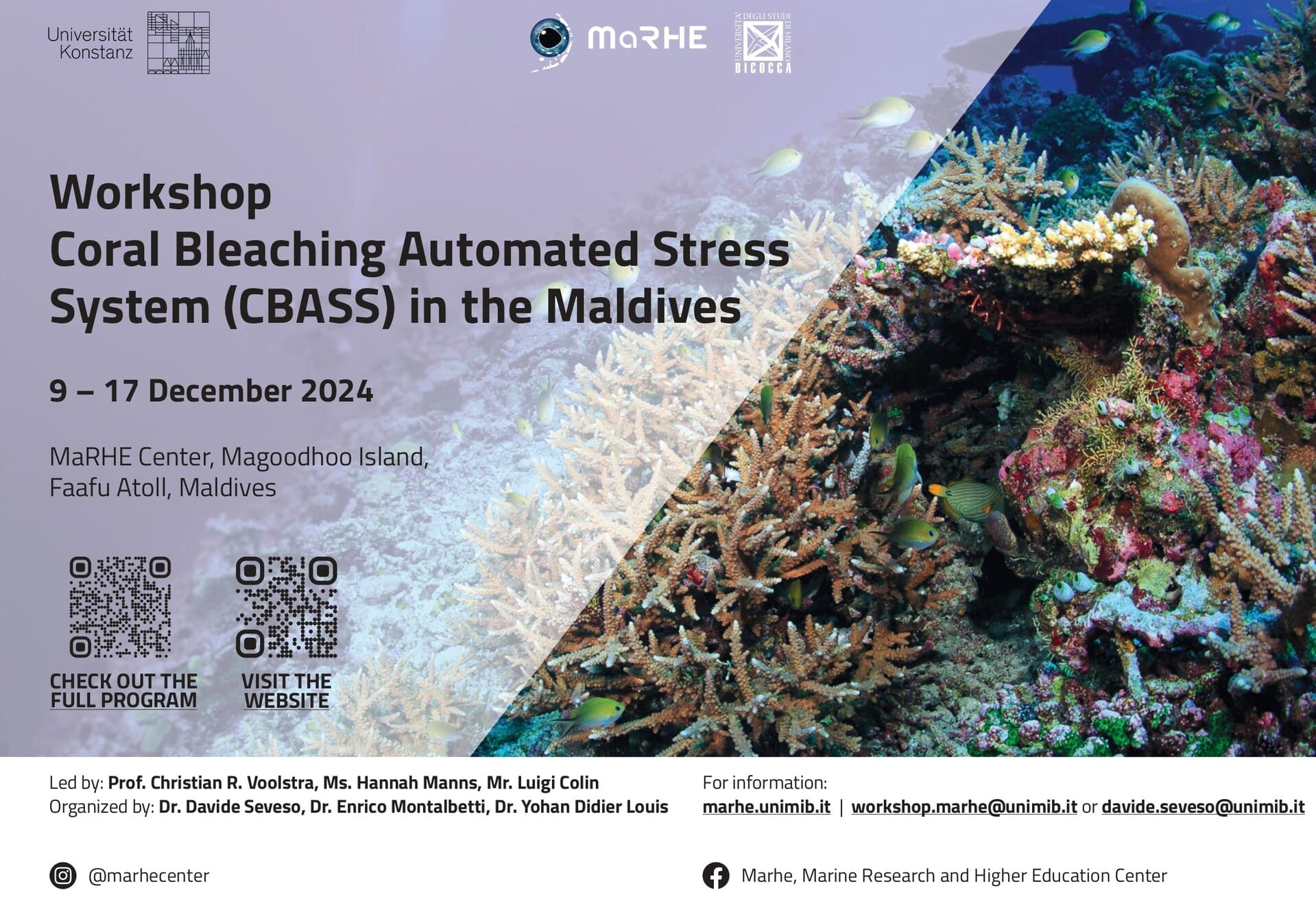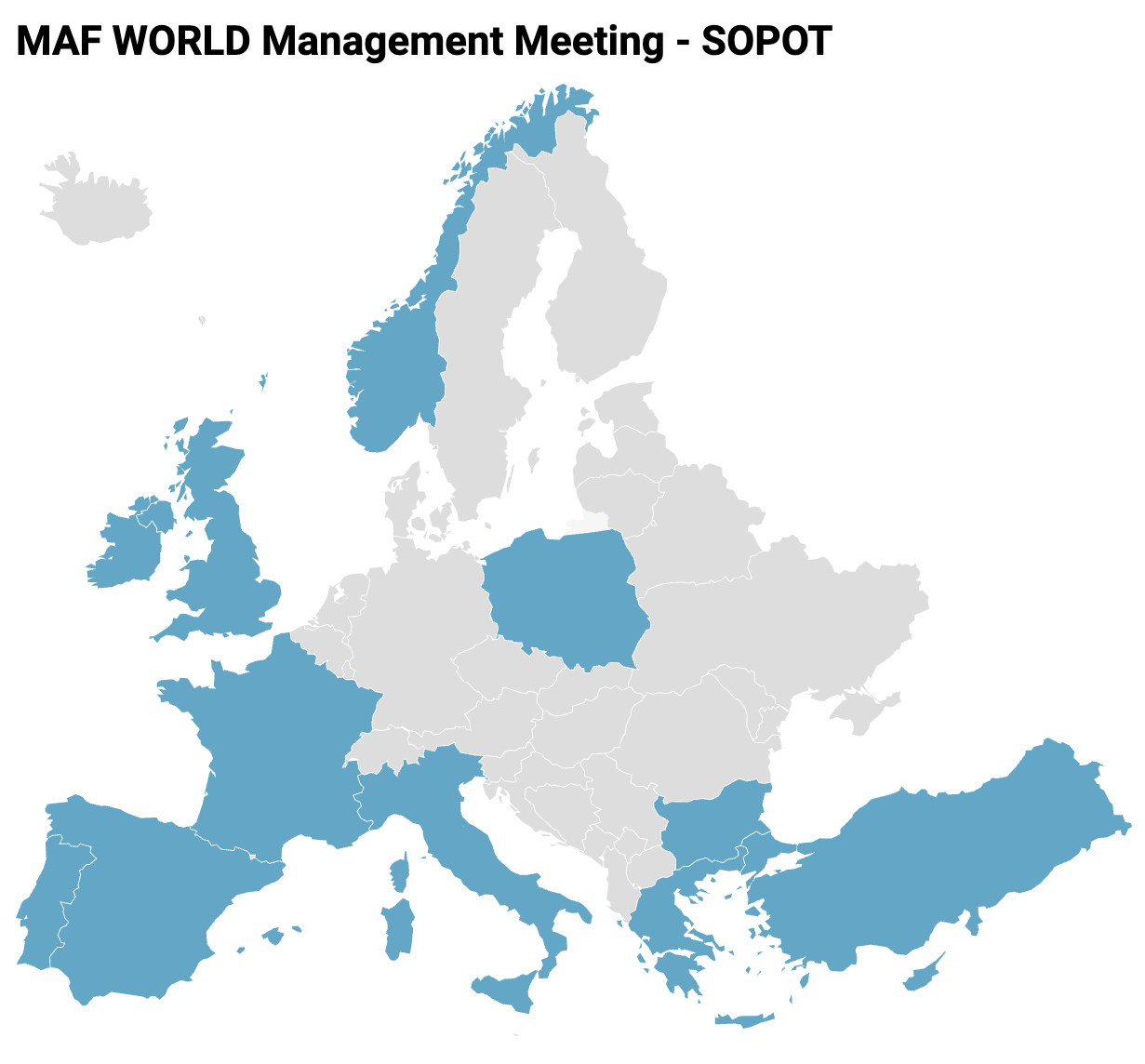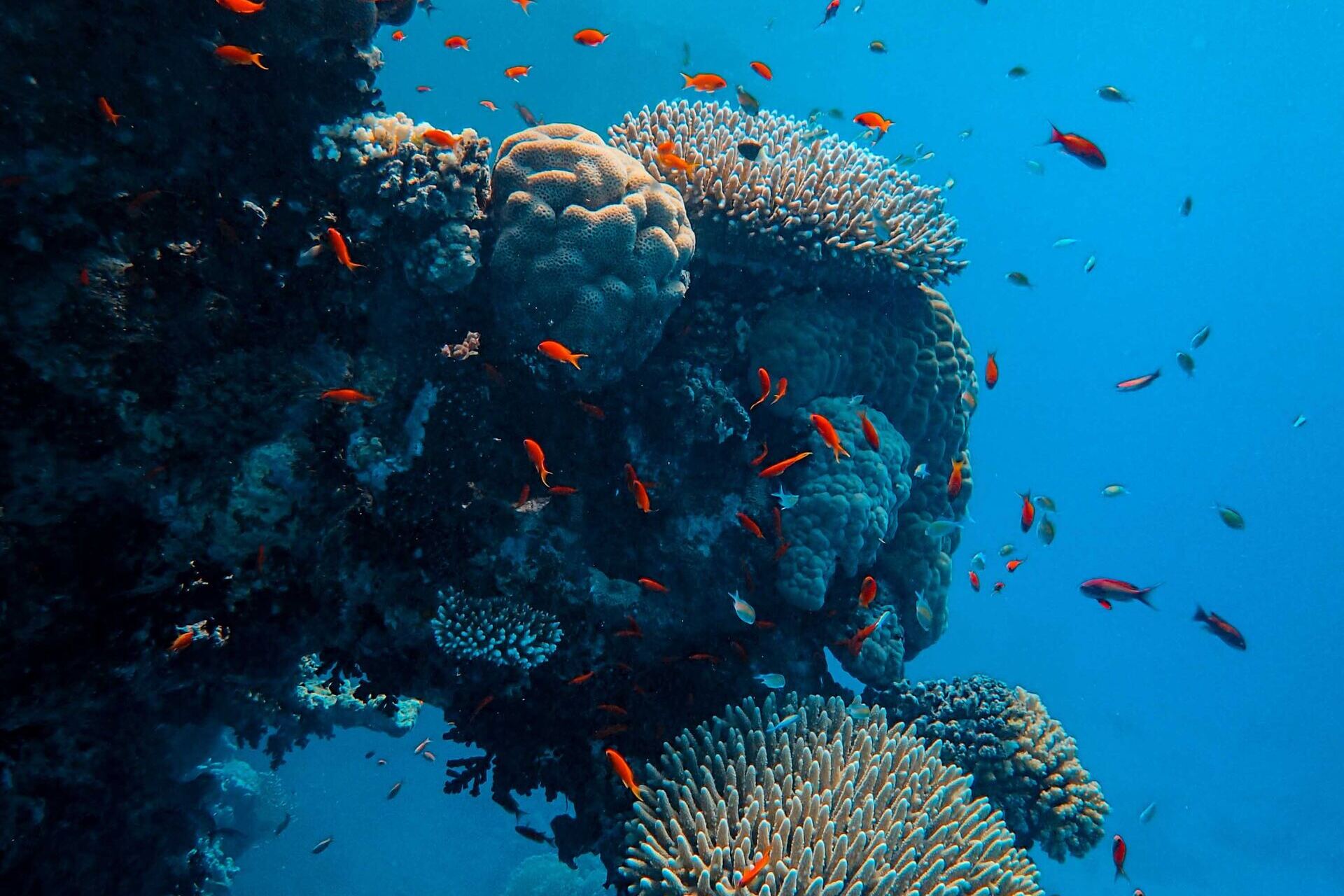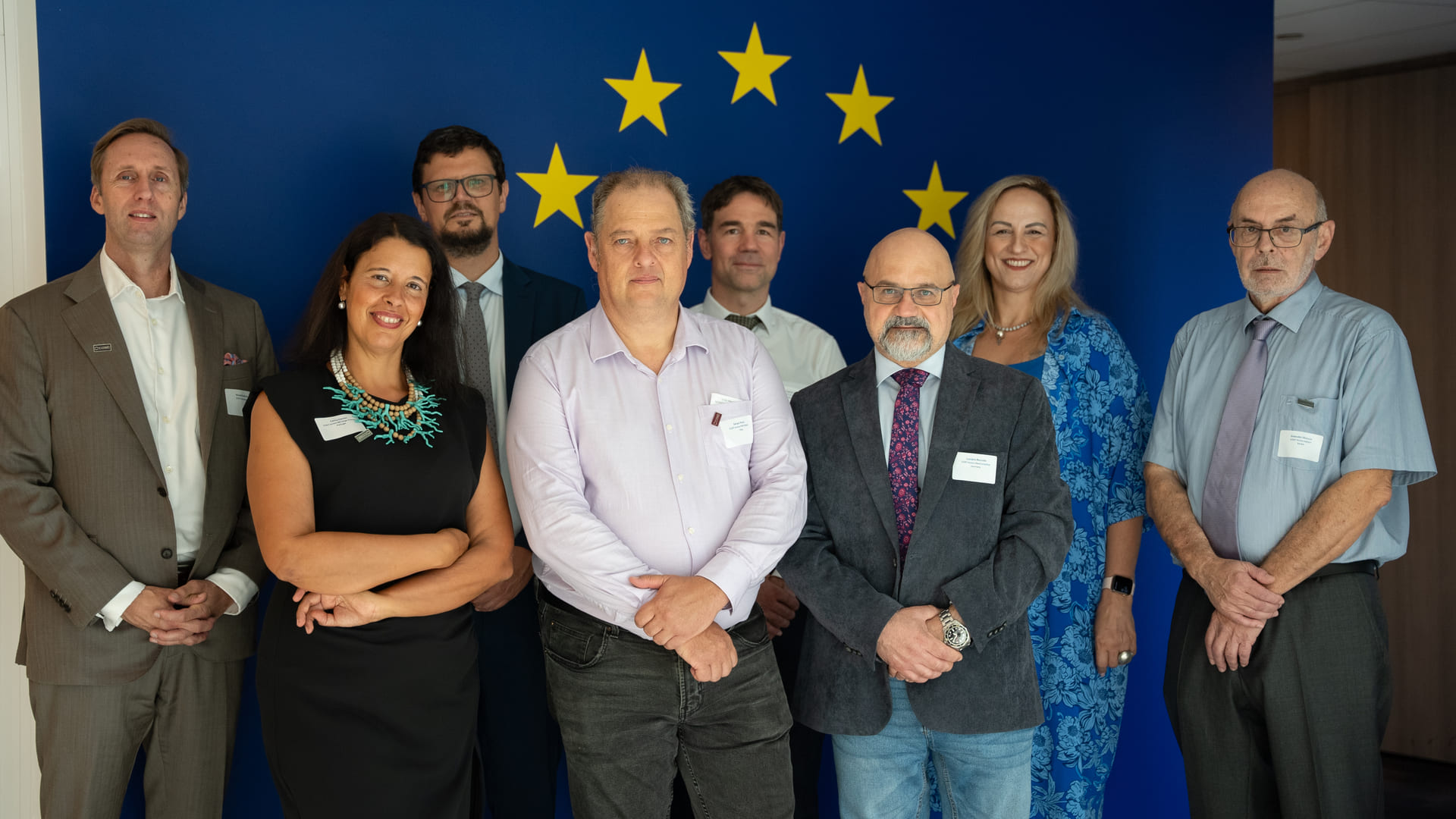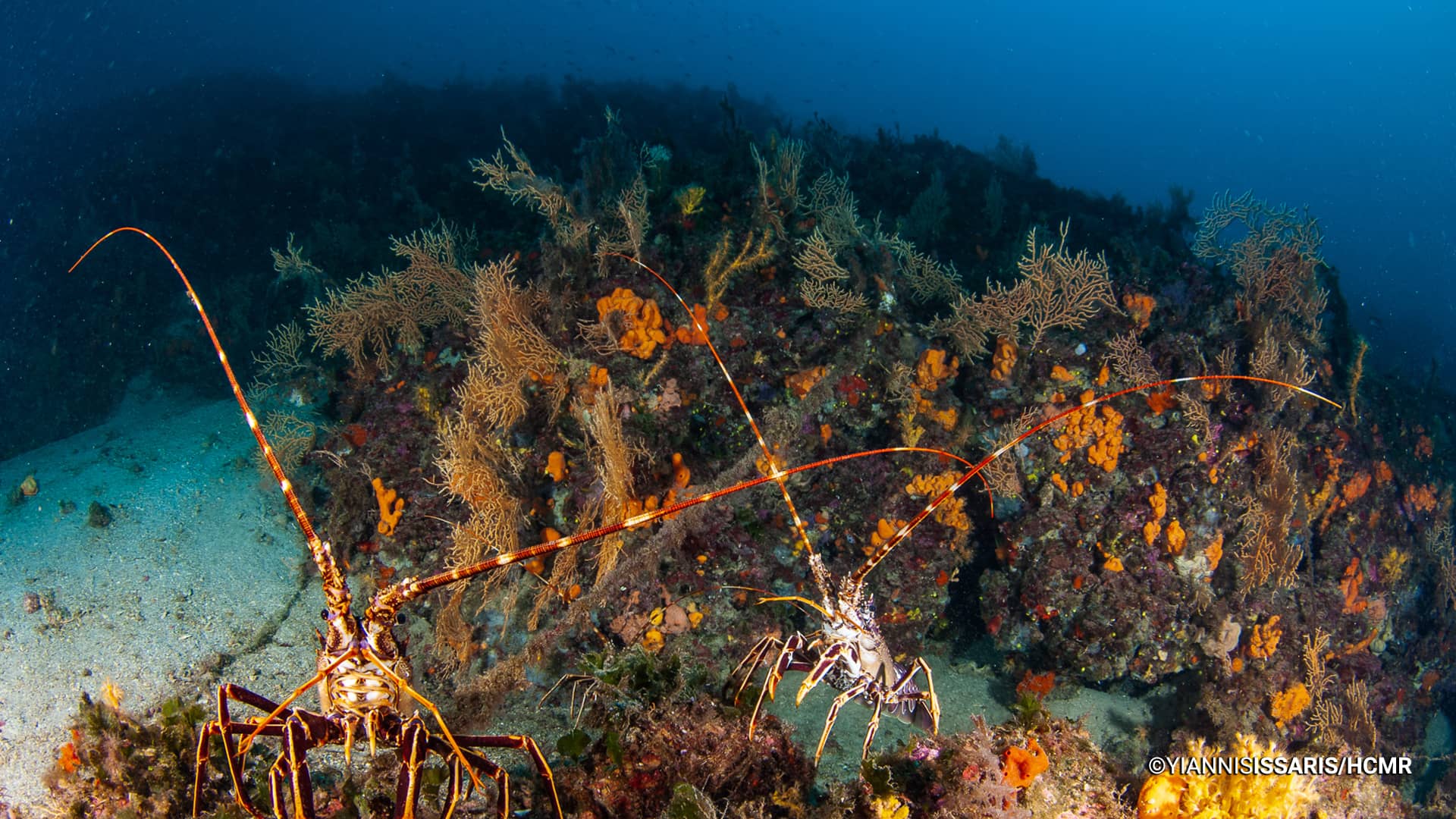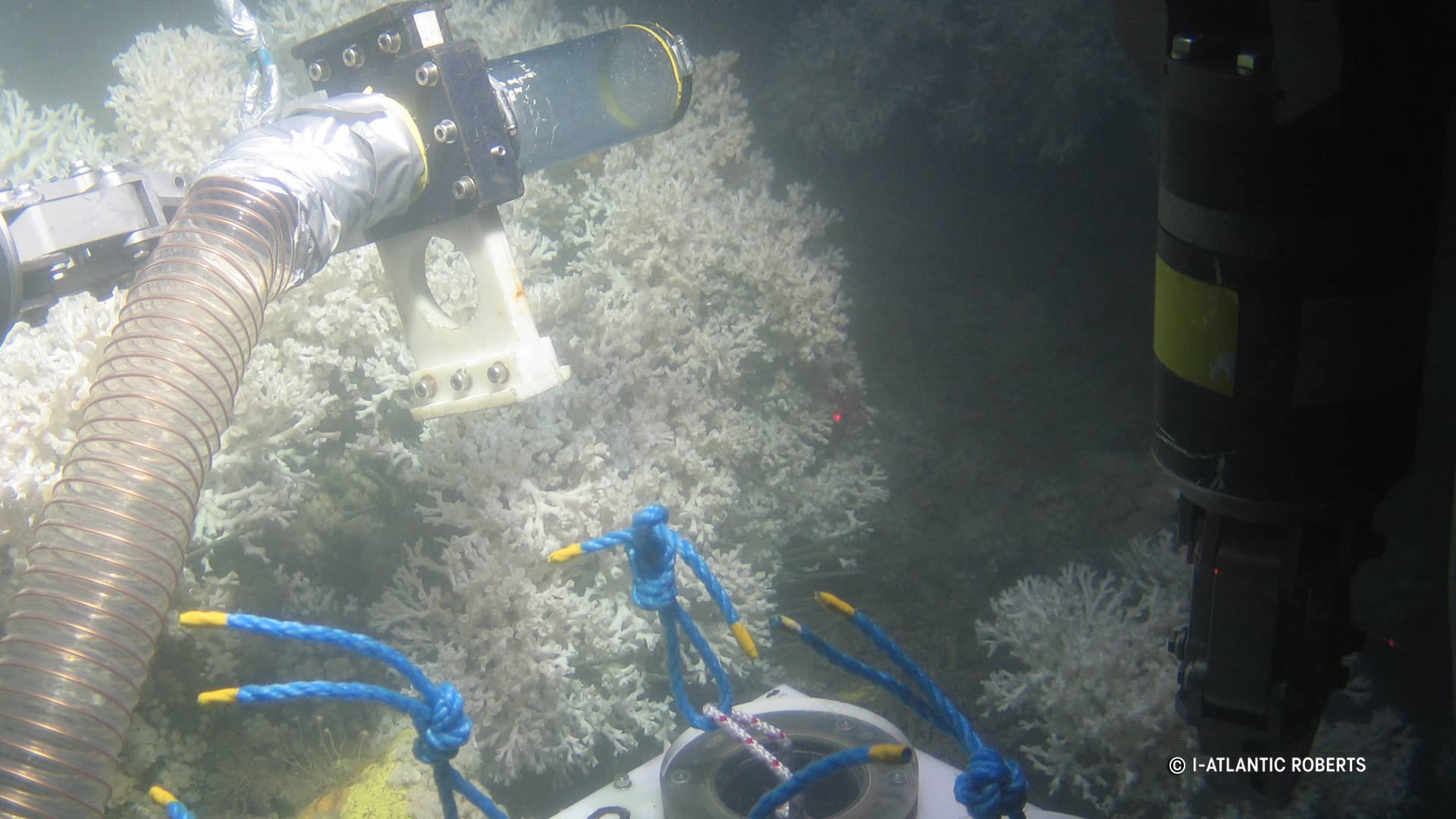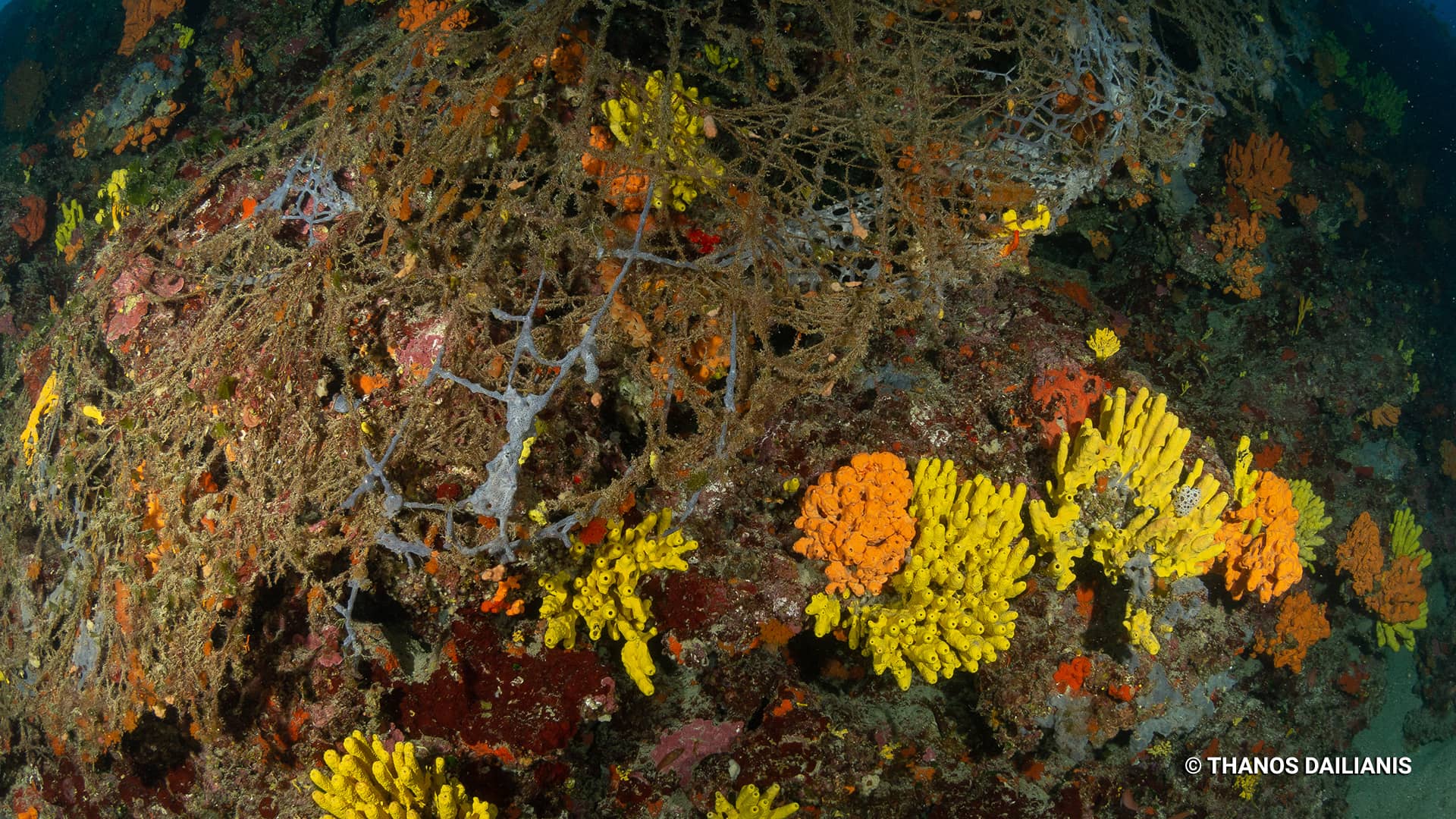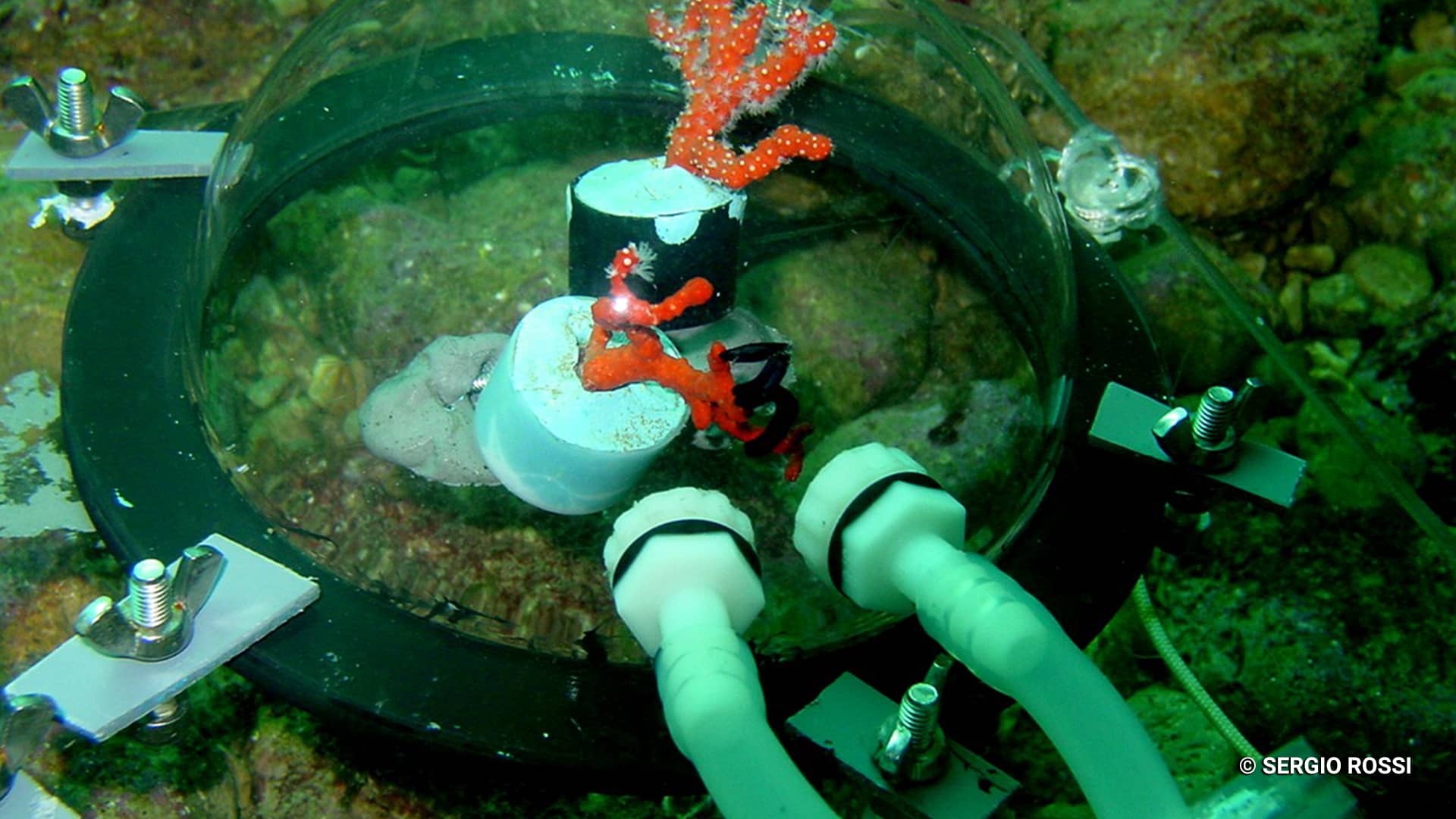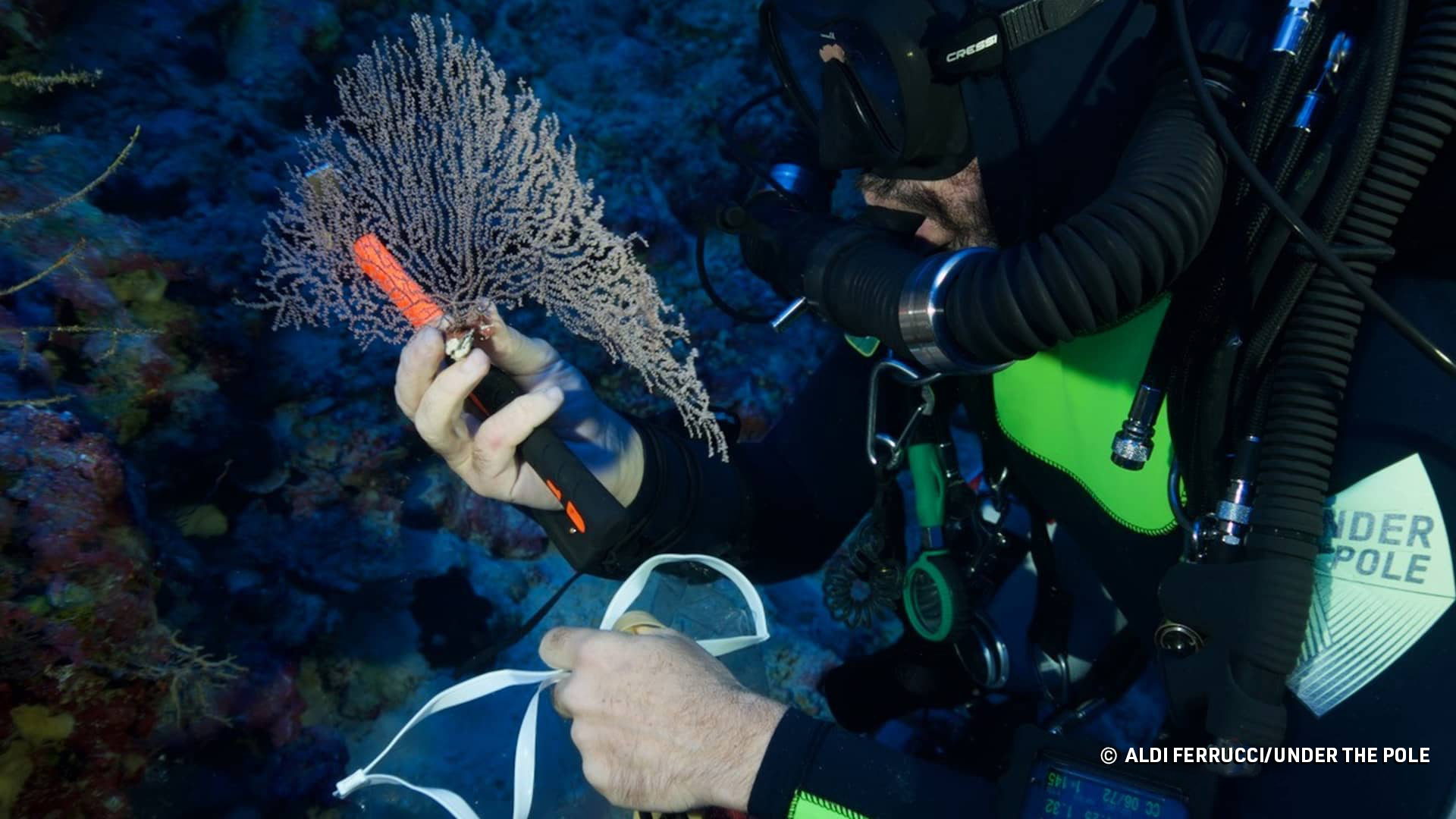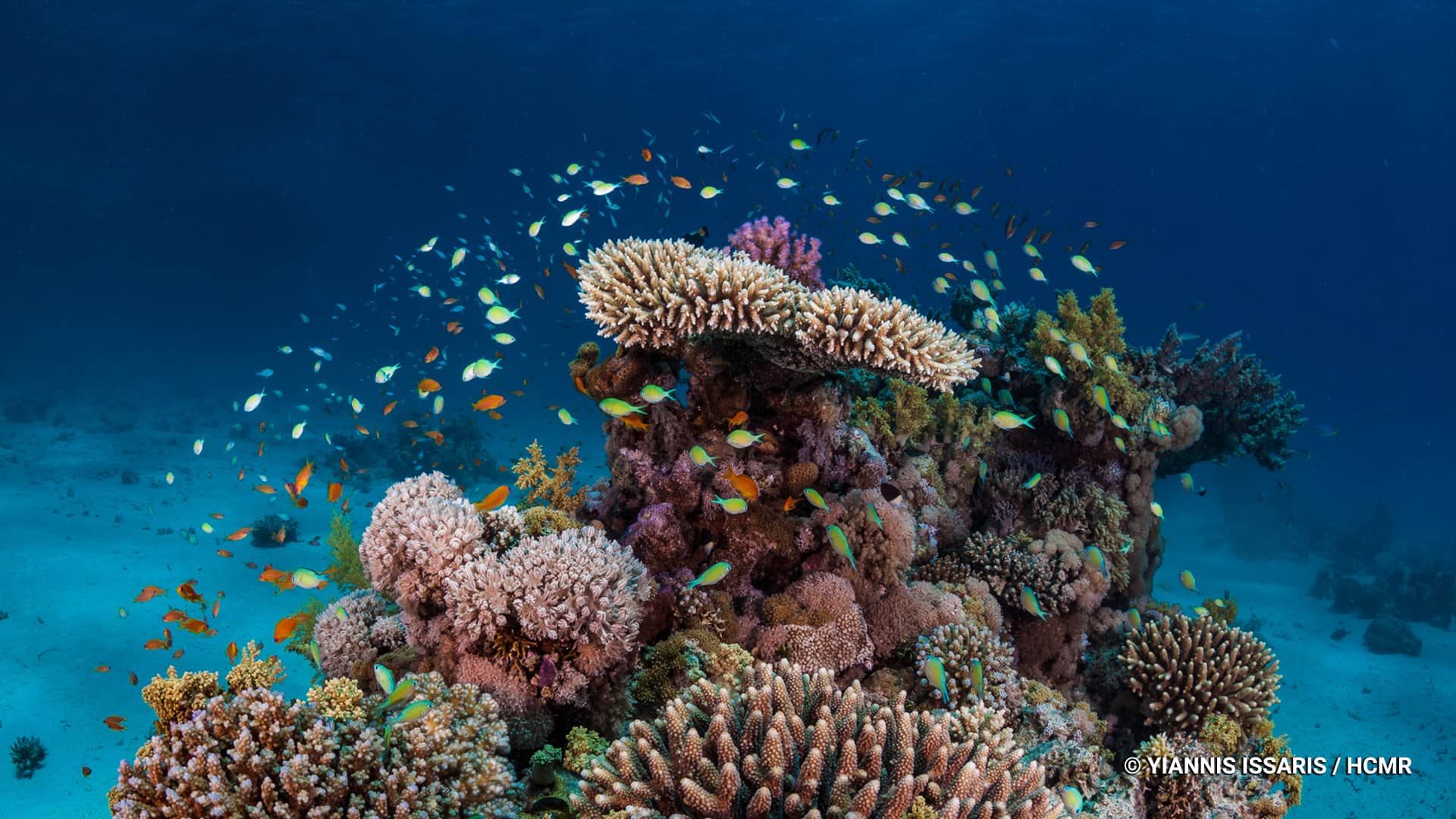ABOUT
Description of the Action
Major marine biodiversity hotspots occur within and around extended three-dimensional communities known as Marine Animal Forests (MAFs). MAFs are biotic assemblages mainly composed of suspension feeding organisms like sponges, gorgonians, hard corals, bryozoans, bivalves, etc., that form canopies like the trees or shrubs on land, thus creating underwater forests. As Aichi targets have been impossible to achieve by 2020, we need networks that allow working together for the same objective, with special attention to marine ecosystems as the MAFs.
These submersed forests provide ecosystem services which are essential for hundreds of million people worldwide. In this UN decade of the oceans, we aim to provide the scientific basis for understanding and preserving the ecosystem services of the MAFs throughout the world. These ecosystem services are under increasing anthropogenic pressure and need a clear unifying picture to be shared with stakeholders and public. Developing a common protocol and gathering a consensus on the most appropriate tools to study and understand the animal forests’ role, will ultimately inform management, restoration, and conservation initiatives.
The network aims to develop an integrative vision that will fuel research and steer future policies on crosscutting sustainability-driven issues related to the fragmented governance of these benthic ecosystems in coastal and open ocean waters, creating cross sectoral platform for partners across academia, policymaking, and civil society, offering inclusive spaces for a transdisciplinary dialogue. We will also unify the protocols for restoration of the MAFs of the World, with nature-based solutions, to face climate change, natural disasters, and food supply.
NEWS
Latest Updates
Registrations are now open to a A didactic workshop in MaRHE facilities in the Maldives, to learn about a rapid system to determine standardized coral thermal thresholds in the field, held by Prof. Christian Voolstra.
We are pleased to invite you to Inspire - 6th Fortaleza Austral Spring School, an international school organized by the Postgraduate Program in Tropical Marine Sciences (PPGCMT) with the support of AirCentre (The Atlantic International Research Center).
Our COST Action CA20102 MAF-WORLD recently held a training workshop on "Changes in the Marine Biota (MAF) of the Black Sea" in partnership with Karadeniz Technical University. The event took place in Trabzon on September 18, 2023, and lasted four days.
Our Action has been selected and invited to this unique event of experts for the UN Science Summit, organised by the European COST Assocaition and the National Science Foundation (NSF) in New York.
